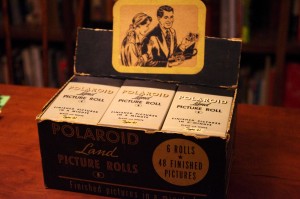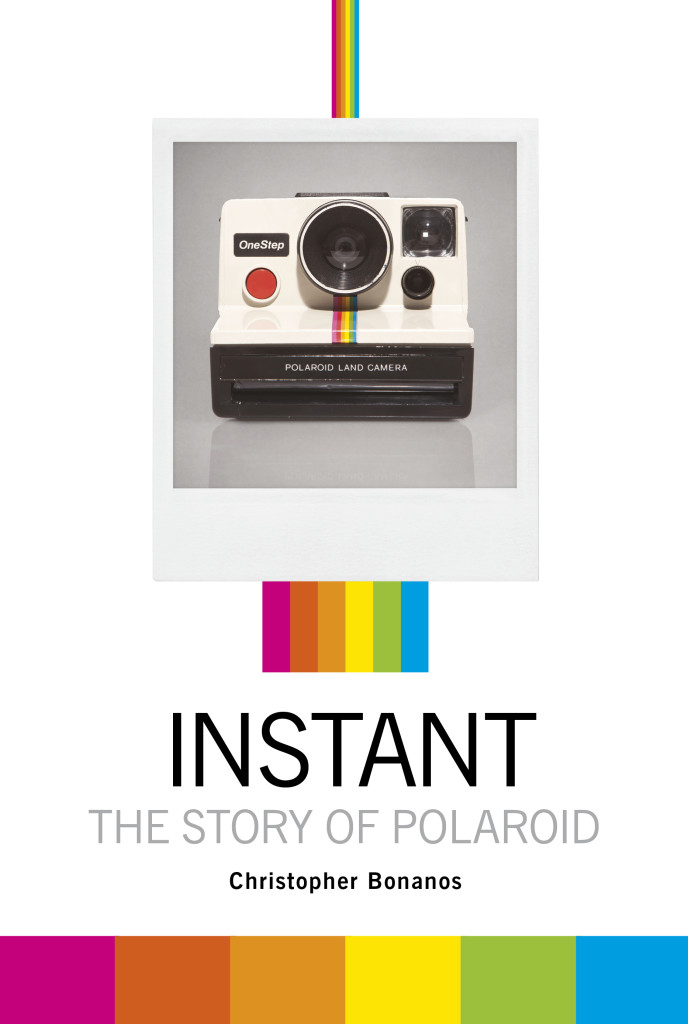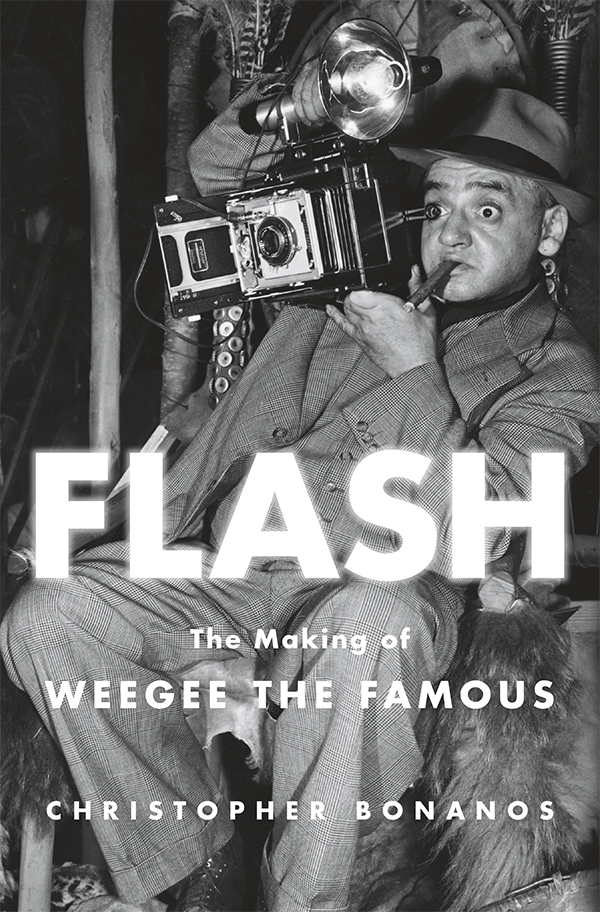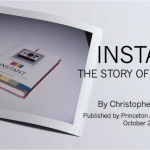Instant Artifact: Type 41
Each week here, I’ll be posting photos of, and discussing, a Polaroid product from way-back-when. Many, but not all, will be coming from the deep recesses of a storage closet in my apartment. (Yes, I have a very tolerant wife.)
Today’s artifact is a fun one: A case of Polaroid roll film, unopened. “Use by December 1953.” Er, didn’t quite happen.
Type 41 was Polaroid’s original black-and-white film, introduced in 1950. (Its predecessor, Type 40, was the original Polaroid Land film, and made sepia photos.) Meroë Morse, a remarkable young Smith College graduate who worked for Edwin Land, was its midwife—Land himself being the one who birthed it. It was groundbreaking, and turning brown-and-white into black-and-white was (Land later said) among the toughest things Polaroid ever pulled off.
But it was not a perfect product. A few months after Type 41 was introduced, customers began to report that their photos were fading, and the chemists rushed back to the lab. A stopgap solution was cooked up by a colleague of Morse’s named Elkan Blout, and it was called film coater–a little tube containing a swab soaked in liquid plastic that was packed with every Picture Roll. Customers were instructed to lay each new photo flat and paint it with this nasty vinegary-smelling stuff. Though it was a mess, it worked pretty well, and may have saved Polaroid. It also inadvertently started a practice that we still see today.
Because those freshly coated photos were wet, people tended to wave them in the air to dry them off. In other words, this stuff created the Polaroid Shake. Never mind that later films were coaterless, or that today’s instant photos may actually be harmed by vigorous shaking. Most people shake anyway, and if you ask them why, you often get a baffled look: “I don’t know… it makes the photo develop faster?” (For the record, it doesn’t.) When Outkast’s Andre 3000 sang “Shake it like a Polaroid picture,” he probably did not realize that he was celebrating a ghost in the machine, going all the way back to 1950. But he was.
Side note: My wife noted that the guy on the box looks a bit like Edwin Land. I think she’s right, and I bet it’s not a coincidence.
3 Responses to Instant Artifact: Type 41
Leave a Reply Cancel reply
LEGALITIES
This site is not connected with or endorsed by Polaroid or PLR IP Holdings, owners of the Polaroid trademark.ON TWITTER
My TweetsBlogroll
- 'Insisting on the Impossible'
- Everything Reminds Me of You
- Flickr's Polaroid group
- Instant Options
- LandCameras.com
- Paul Giambarba: Analog Photography At Its Best
- Paul Giambarba: The Branding of Polaroid
- Polaroid
- Polaroid SF
- Rare Medium
- The Impossible Project
- The Land List
- The New55 Project
- Vintage Instant










[…] week, I recounted the story of Type 41 film, and the close call it briefly caused at Polaroid. Today, we visit the humble little product that […]
The woman on the box looks very much like Meroe Morse, whom you referenced in this post. I bet that is also not coincidental!
My source for the May 1st date was INSISTING ON THE IMPOSSIBLE by Victor K. McElheny, page 206. It is worded “on 1 May 1950, black-and-white film emerged from Morse’s laboratory and the engineering and production departments and went on the market Type 41.”
It is possible it took from May until mid July to manufacture enough film for release. But then again McElheny states “by July 1950 black and white pictures were coming into the copy service.” That points to regional releases.
Black-and-white pictures were published in U.S. CAMERA August 1950.
James